 The Colorado Healthy Rivers Fund Needs Your Help!
The Colorado Healthy Rivers Fund Needs Your Help!
Have you completed your taxes yet? If not, there's still time for you to make your filing process brighter by making a donation to the Colorado Healthy Rivers Fund on your State Individual Tax Form 104.
The Colorado Healthy Rivers Fund, a Colorado Tax Check-off Program, uses funds donated by tax payers to support local conservation projects throughout the state. It's easy to support groups like those on this map. You just contribute a portion of your tax return or make a donation on line 43 of your Colorado State Individual Tax Form 104! You can even have your accountant make the contribution for you when they file your taxes. Just be sure to tell them about it.

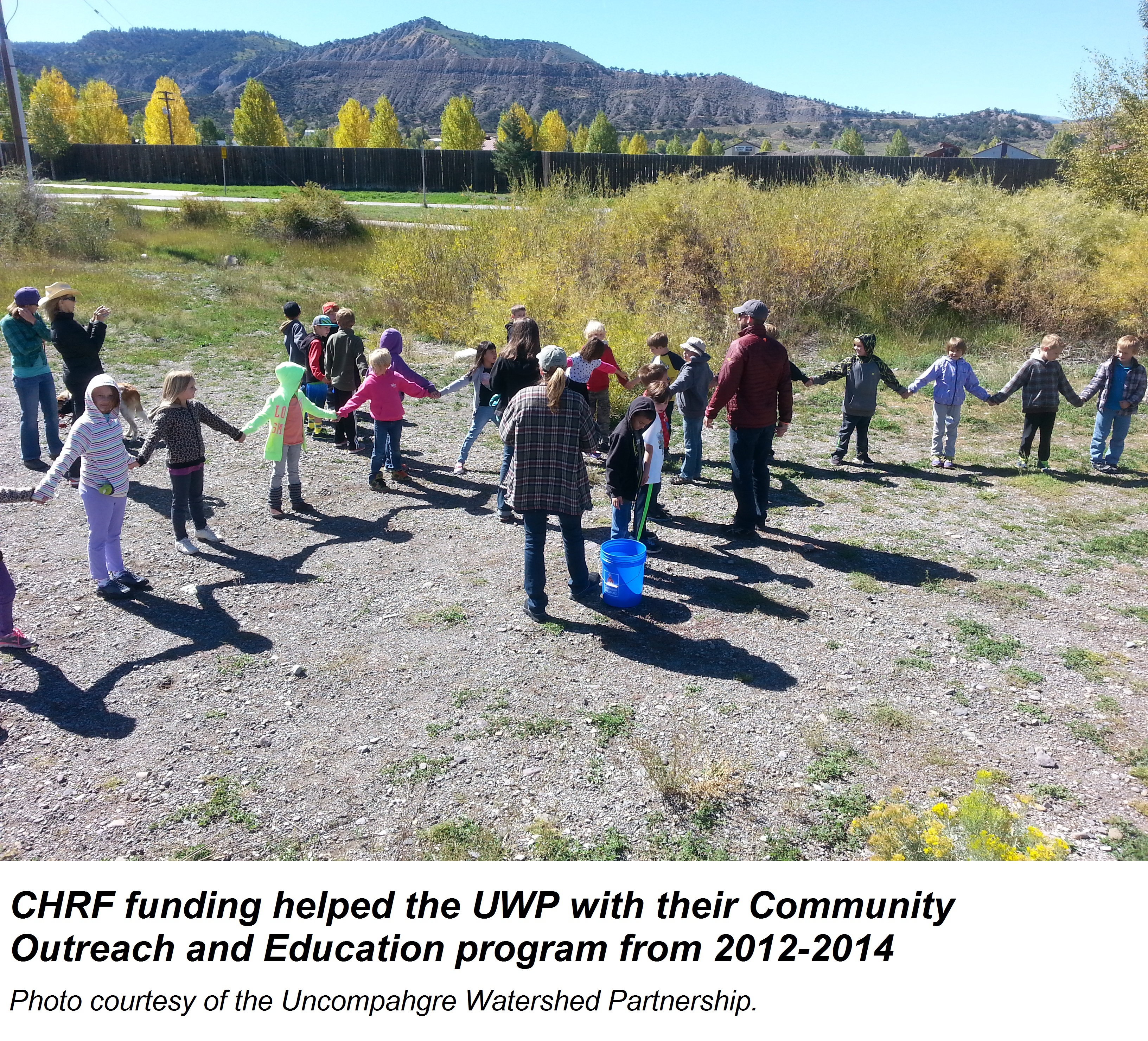 Since 2003, over 130,000 citizens have donated more than $1,099,000 from their tax returns to the Fund. Thanks to these donations, more than 80 projects have been granted funding from the Colorado Healthy Rivers Fund - projects that contribute to cleaner water, healthier wildlife habitat, and improved recreation throughout the State.
Since 2003, over 130,000 citizens have donated more than $1,099,000 from their tax returns to the Fund. Thanks to these donations, more than 80 projects have been granted funding from the Colorado Healthy Rivers Fund - projects that contribute to cleaner water, healthier wildlife habitat, and improved recreation throughout the State. A Call to Action
The Colorado Healthy Rivers Fund is up for reauthorization as HB15-1252 by the state legislature. This means that the Fund will continue to collect donations via the tax checkoff program if the bill passes. We need your help. Please contact your state legislator today and tell them how important the Colorado Healthy Rivers Fund is to you, your community, and Colorado's environmental future. To find out who to contact, click here.
Thank you to Representative Diane Mitsch-Bush and Representative Jerry Sonnenberg for sponsoring HB15-1252 in the State House and Senate!

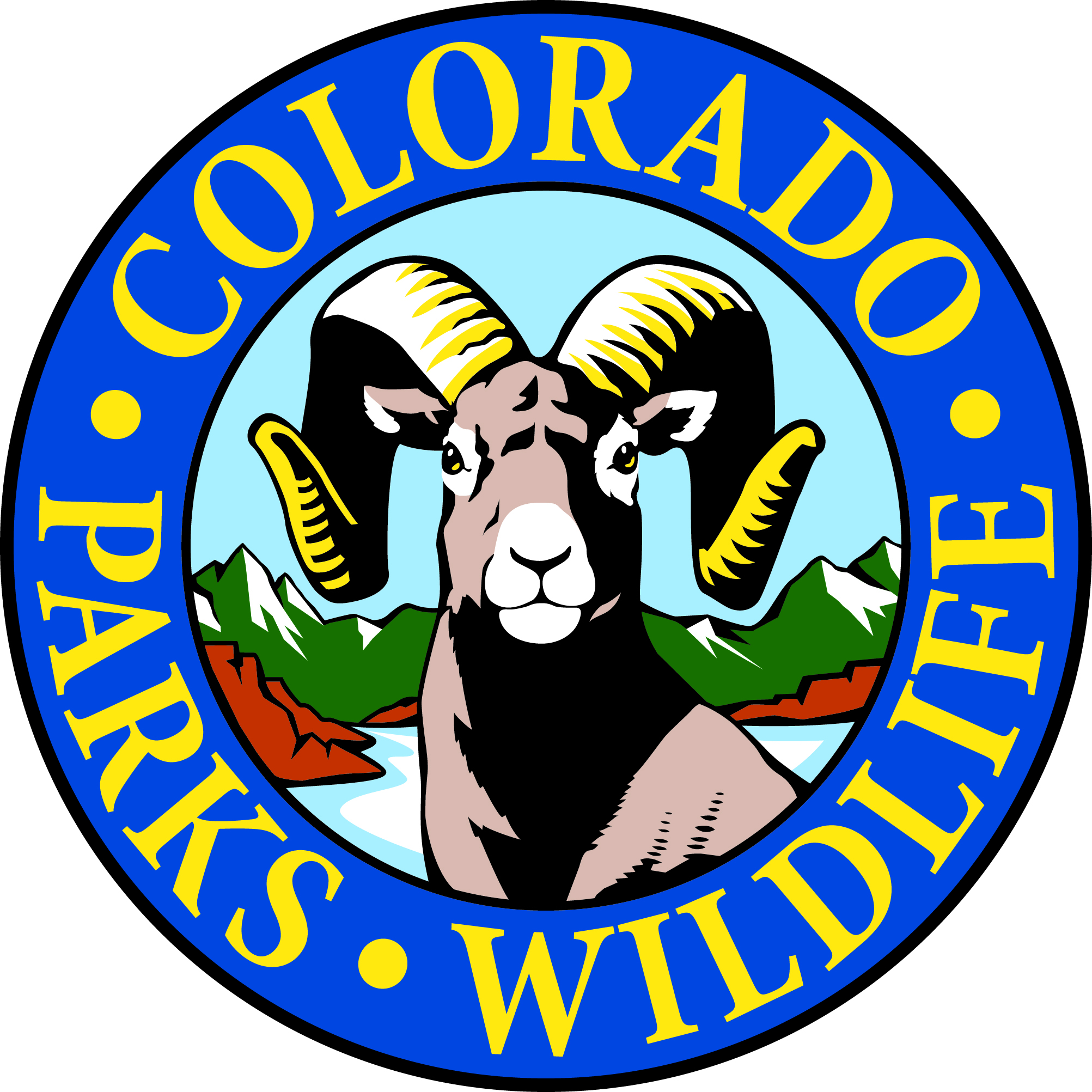 Colorado
Colorado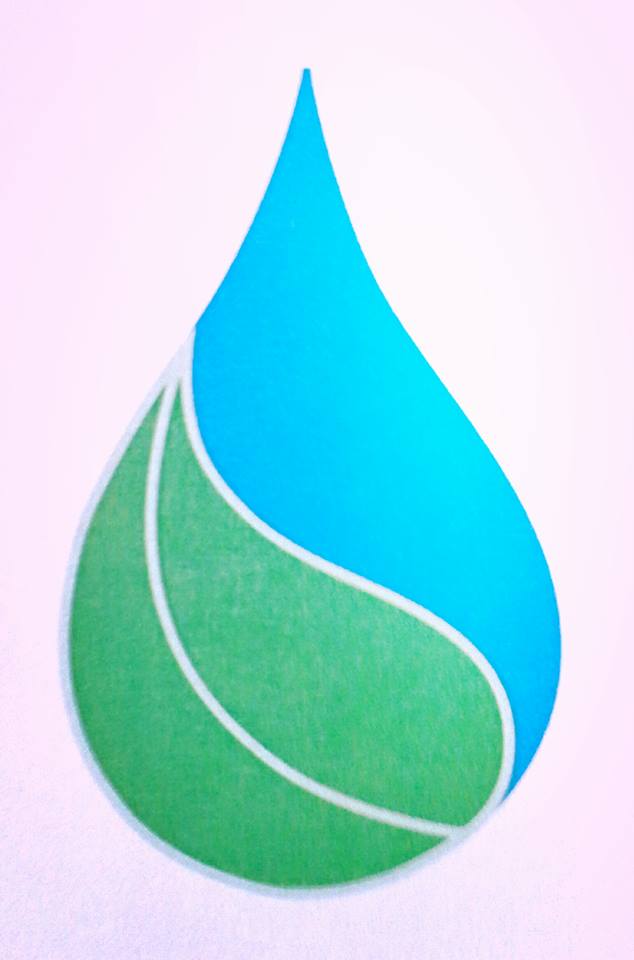

 3. Education and Outreach: WASSUP takes the time to educate their members and other students about such topics as water consumption, the value of water, infrastructure, and maintenance in a fun and engaging way. Beyond that, the group works to get their members and other students interested in jobs related to water. In February, they will be hosting a water internship and job fair on campus with up to 40 companies in attendance. If you would like to participate in the fair, please contact wassup@msudenver.edu.
3. Education and Outreach: WASSUP takes the time to educate their members and other students about such topics as water consumption, the value of water, infrastructure, and maintenance in a fun and engaging way. Beyond that, the group works to get their members and other students interested in jobs related to water. In February, they will be hosting a water internship and job fair on campus with up to 40 companies in attendance. If you would like to participate in the fair, please contact wassup@msudenver.edu.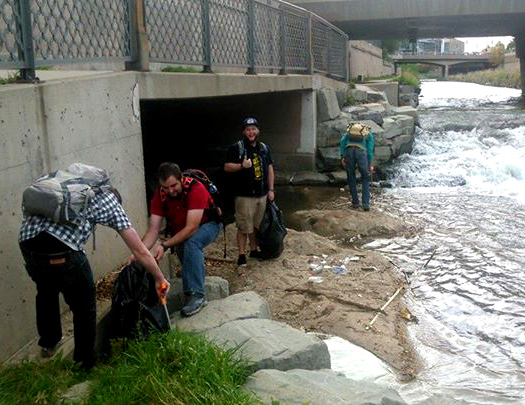

 With about 30 members, Board Members, and staff in the room, our Executive Director and fearless leader, Casey Davenhill gave a short overview of what CWA and our programs have accomplished over the last year as well as what we have coming up (keep an eye out for more information on the reauthorization of the Colorado Healthy Rivers Fund!). Our
With about 30 members, Board Members, and staff in the room, our Executive Director and fearless leader, Casey Davenhill gave a short overview of what CWA and our programs have accomplished over the last year as well as what we have coming up (keep an eye out for more information on the reauthorization of the Colorado Healthy Rivers Fund!). Our 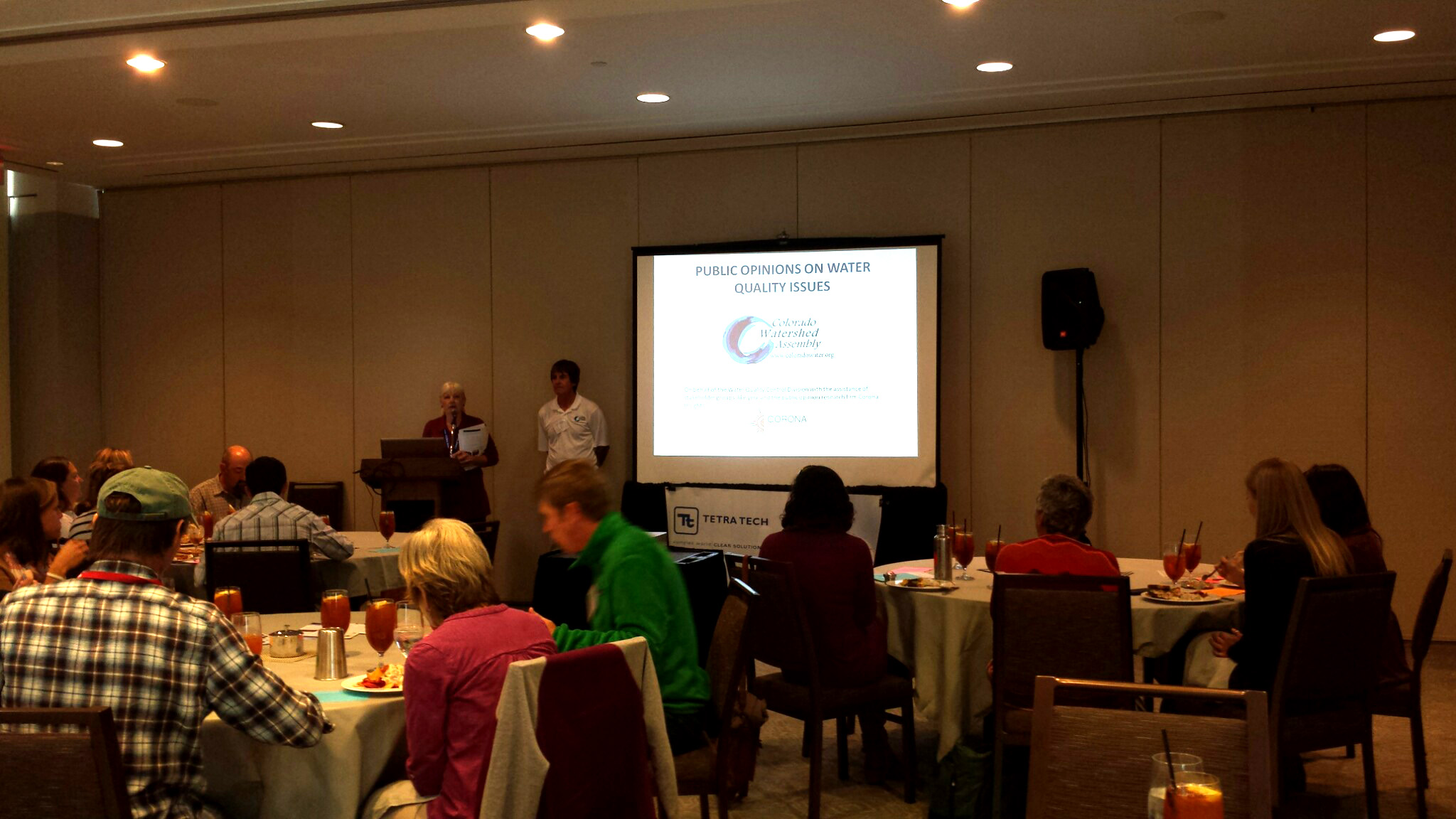

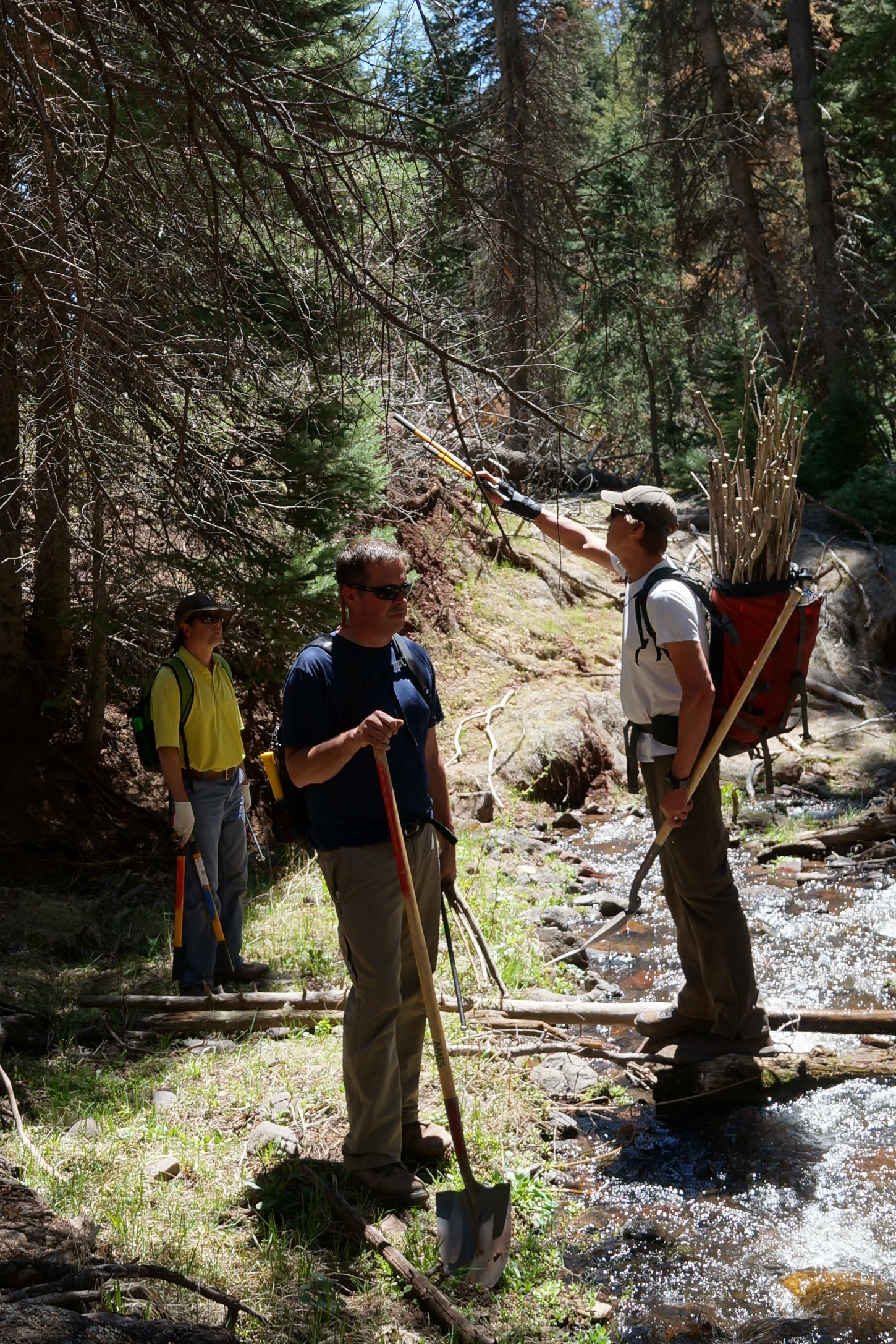 This spring, we wrapped up a
This spring, we wrapped up a 
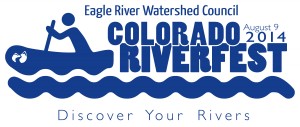

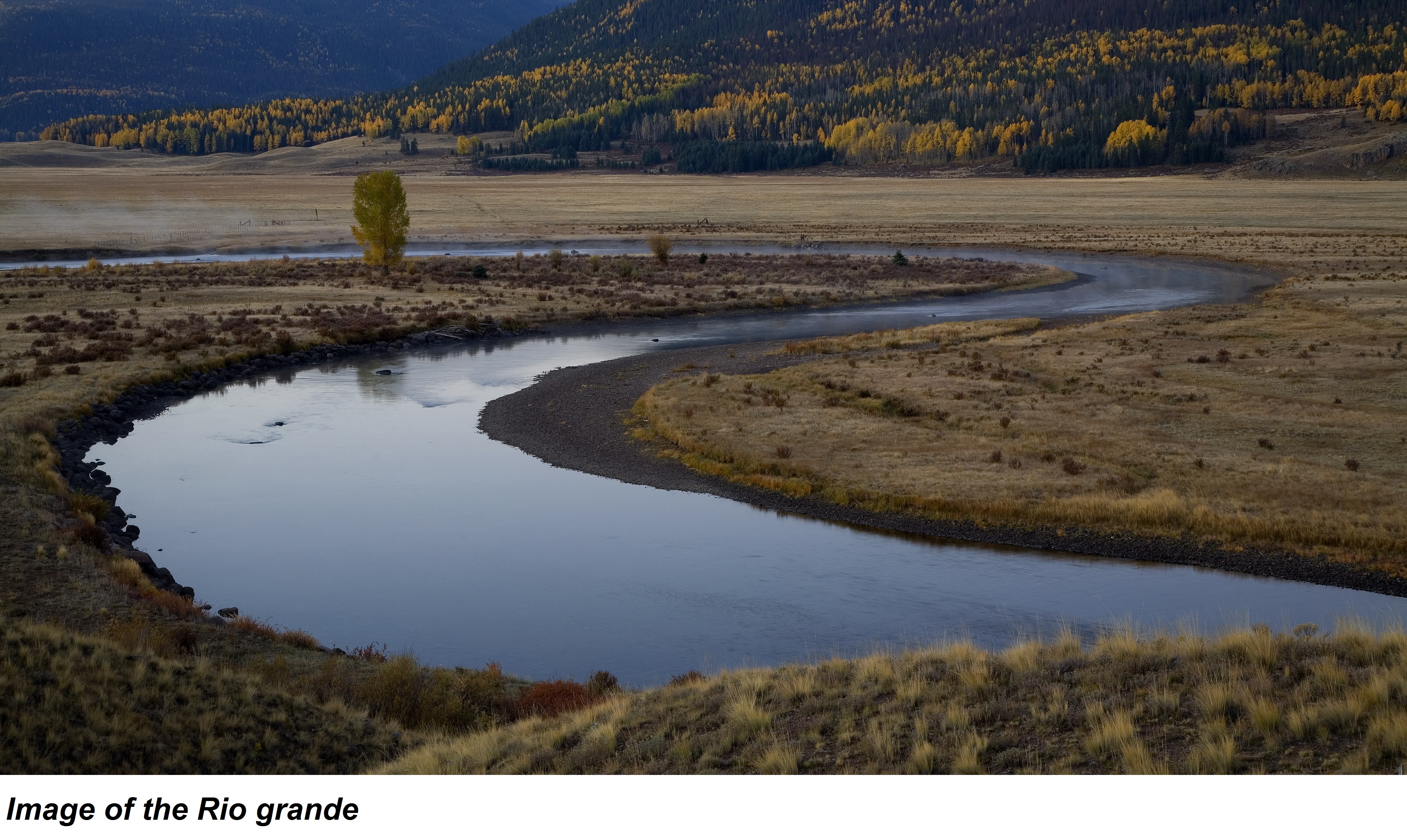
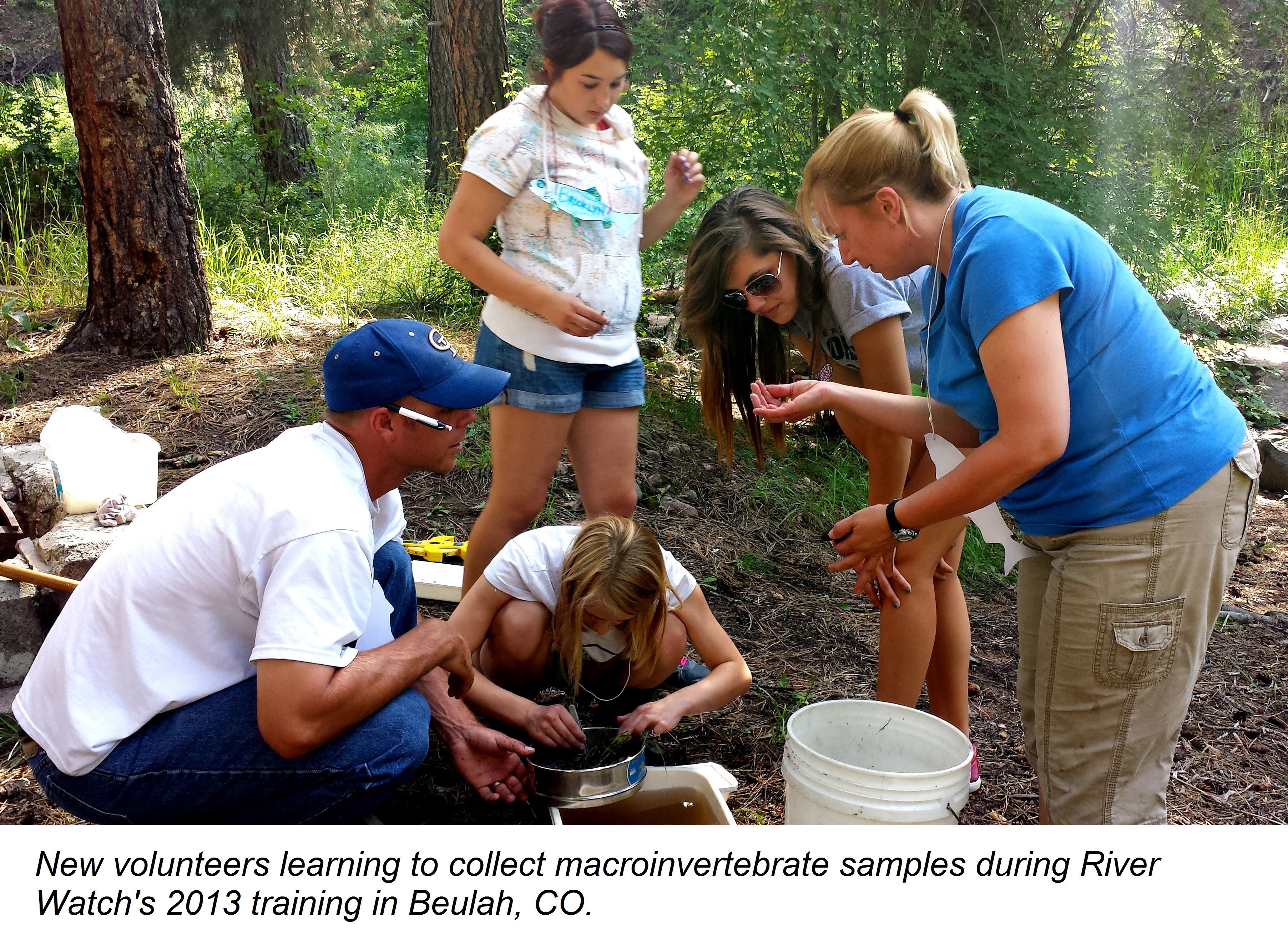
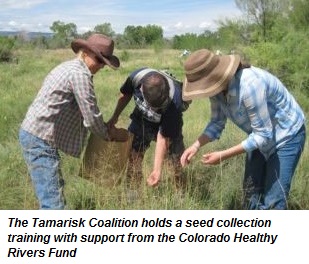 Have you done your taxes yet? Did you notice the Colorado Healthy Rivers Fund state tax checkoff? CWA works with the
Have you done your taxes yet? Did you notice the Colorado Healthy Rivers Fund state tax checkoff? CWA works with the 
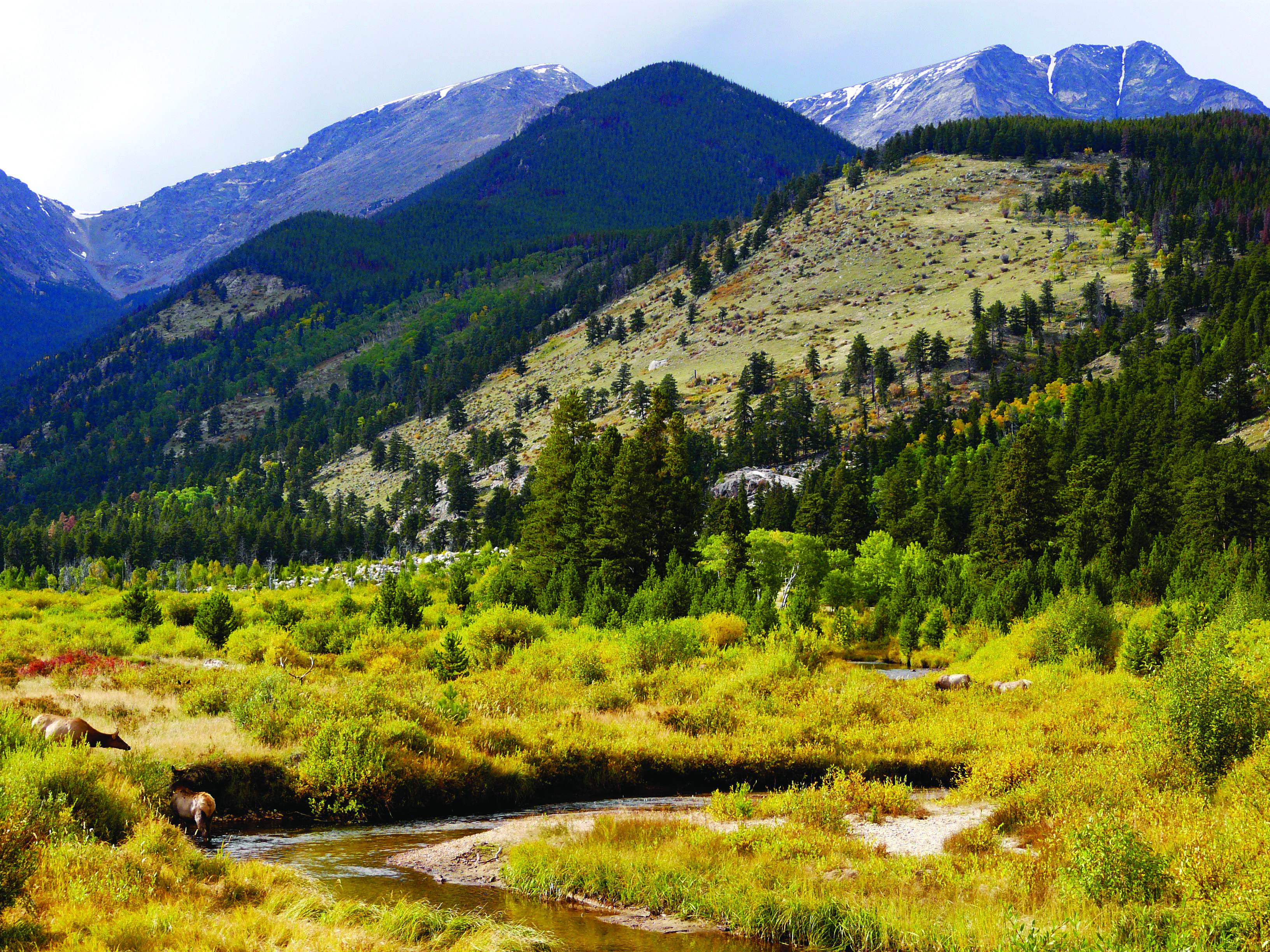 Become a member
Become a member

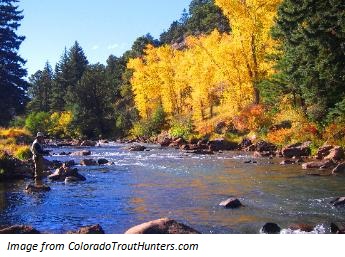
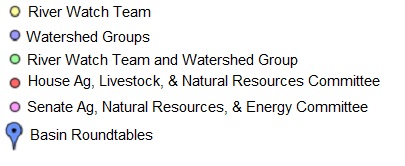
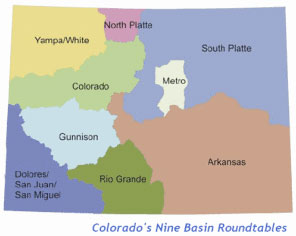 ‘Water for the 21st Century Act’ which set up several committees and a process for addressing complex water issues that have been difficult to resolve. The Committees are the Basin Roundtables and The Interbasin Compact Committee (IBCC). There are 9 Basin Round Tables (BRT), comprised of citizens from each of the state’s major watersheds- South Platte, Arkansas, Rio Grande, Southwest (Animas, Dolores, La Plata Rivers), Gunnison, Colorado River Mainstem, Yampa/White and North Platte. The Metro Roundtable was created to 1. Follow the format of the CWCB and 2. Recognize the major metropolitan area represented on that Roundtable. Basin Roundtables were designed to increase the number of people and the entities involved in addressing water supply problems and help plan for Colorado’s water future.
‘Water for the 21st Century Act’ which set up several committees and a process for addressing complex water issues that have been difficult to resolve. The Committees are the Basin Roundtables and The Interbasin Compact Committee (IBCC). There are 9 Basin Round Tables (BRT), comprised of citizens from each of the state’s major watersheds- South Platte, Arkansas, Rio Grande, Southwest (Animas, Dolores, La Plata Rivers), Gunnison, Colorado River Mainstem, Yampa/White and North Platte. The Metro Roundtable was created to 1. Follow the format of the CWCB and 2. Recognize the major metropolitan area represented on that Roundtable. Basin Roundtables were designed to increase the number of people and the entities involved in addressing water supply problems and help plan for Colorado’s water future.  On May 15th, 2013, Governor Hickenlooper directed the Colorado Water Conservation Board (CWCB) “…to draft (a) Colorado Water Plan that will support agriculture in rural Colorado and align state policy to the state’s water values.” In his executive order, the Governor stated: “Colorado’s water quantity and quality questions can no longer be thought of separately. Each impacts the other and state water policy should address them conjunctively.” It is helpful to understand that Colorado is one of two Western States that does not have a State Water Plan to guide policy, research and funding. The process to create a State Water Plan is going on right now, but it is being done very quickly. The current plan is that the CWCB is drafting the State Water Plan and each Basin Roundtable is drafting a Basin Implementation Plan.
On May 15th, 2013, Governor Hickenlooper directed the Colorado Water Conservation Board (CWCB) “…to draft (a) Colorado Water Plan that will support agriculture in rural Colorado and align state policy to the state’s water values.” In his executive order, the Governor stated: “Colorado’s water quantity and quality questions can no longer be thought of separately. Each impacts the other and state water policy should address them conjunctively.” It is helpful to understand that Colorado is one of two Western States that does not have a State Water Plan to guide policy, research and funding. The process to create a State Water Plan is going on right now, but it is being done very quickly. The current plan is that the CWCB is drafting the State Water Plan and each Basin Roundtable is drafting a Basin Implementation Plan.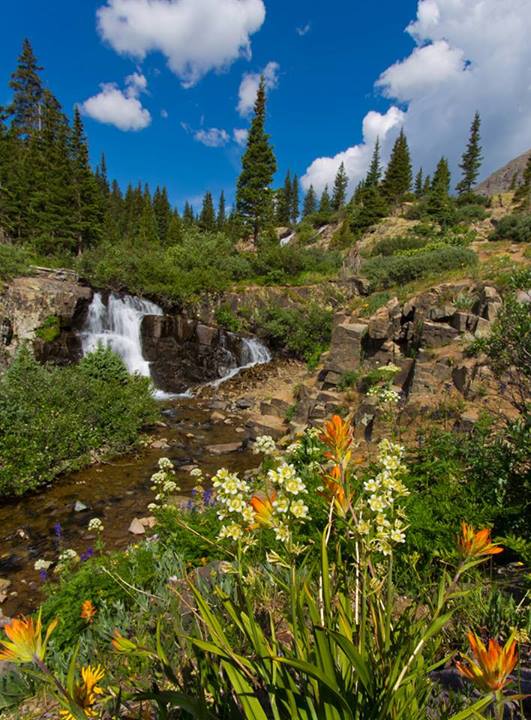
 RP) was started in 2010 by the Colorado Department of Public Health and Environment's (CDPHE) Water Quality Control Division (WQCD) Nonpoint Source Program (NPS). The MRP works with organizations conducting restoration projects throughout the state to scientifically document the effects of their restoration efforts while helping to enhance the overall quality and quantity of stream restoration monitoring data. It began as a program in partnership with the Division and the Colorado Watershed Assembly, and though it is now purely a Division project, the Assembly continues to include information about the project on their
RP) was started in 2010 by the Colorado Department of Public Health and Environment's (CDPHE) Water Quality Control Division (WQCD) Nonpoint Source Program (NPS). The MRP works with organizations conducting restoration projects throughout the state to scientifically document the effects of their restoration efforts while helping to enhance the overall quality and quantity of stream restoration monitoring data. It began as a program in partnership with the Division and the Colorado Watershed Assembly, and though it is now purely a Division project, the Assembly continues to include information about the project on their 
 The
The 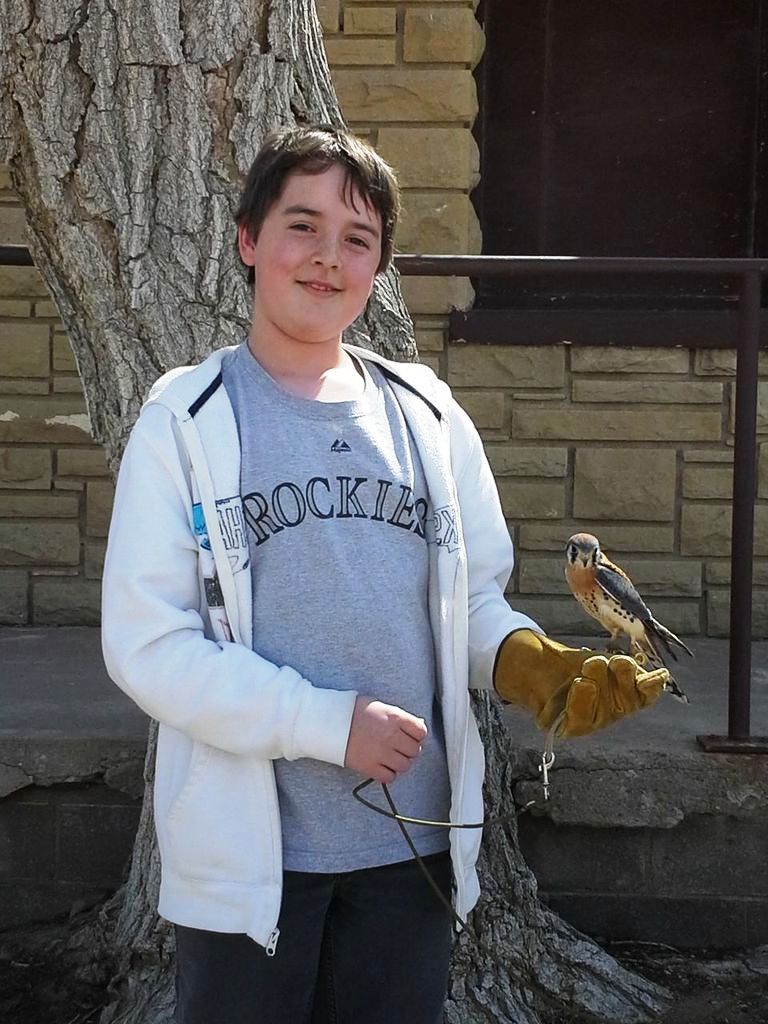 Each year, the Nature and Raptor Center holds a number of programs both on- and off-site to increase Pueblo County community members' awareness, appreciation, and support for their natural environment. They are now wrapping up their summer programs, which includes a 7 week long Free Range Camp focused on getting children outdoors and discovering what they are most interested in about the environment. There are a handful of different Free Range Camps for children of different ages and with different interests, such as Fort and Shelter Building and Raptor Camp.
Each year, the Nature and Raptor Center holds a number of programs both on- and off-site to increase Pueblo County community members' awareness, appreciation, and support for their natural environment. They are now wrapping up their summer programs, which includes a 7 week long Free Range Camp focused on getting children outdoors and discovering what they are most interested in about the environment. There are a handful of different Free Range Camps for children of different ages and with different interests, such as Fort and Shelter Building and Raptor Camp.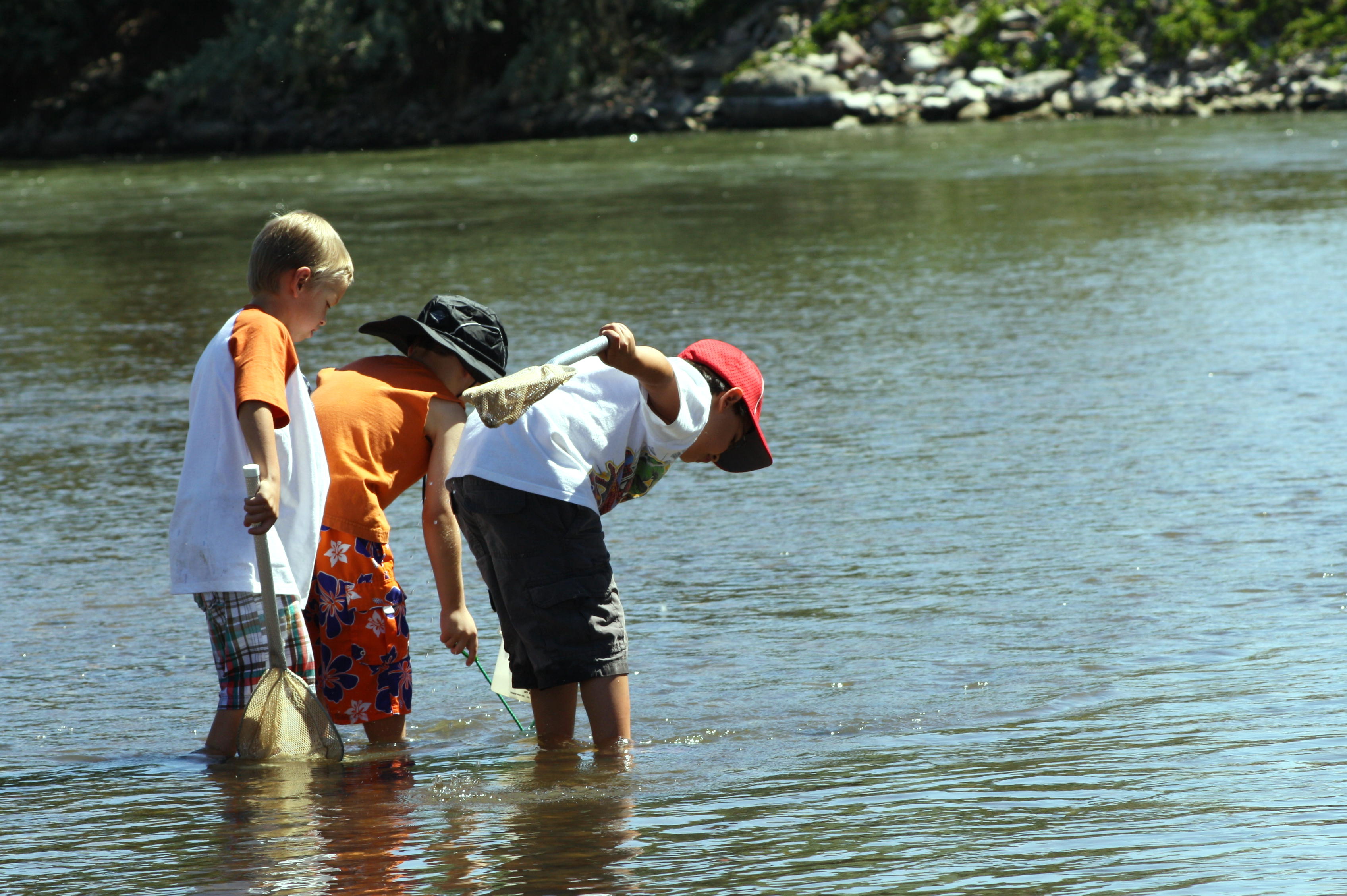
 Have you ever been to Pueblo? If you've never been, now is the time and a visit to the Nature and Raptor Center of Pueblo might be in order! Not only does the NRCP have a raptor center where the public can view rehabilitating birds of prey, but they also have a number of biking, hiking, and walking trails both paved and unpaved for visitors who want to want to get out and explore the site. While you're in town, be sure you check out the
Have you ever been to Pueblo? If you've never been, now is the time and a visit to the Nature and Raptor Center of Pueblo might be in order! Not only does the NRCP have a raptor center where the public can view rehabilitating birds of prey, but they also have a number of biking, hiking, and walking trails both paved and unpaved for visitors who want to want to get out and explore the site. While you're in town, be sure you check out the 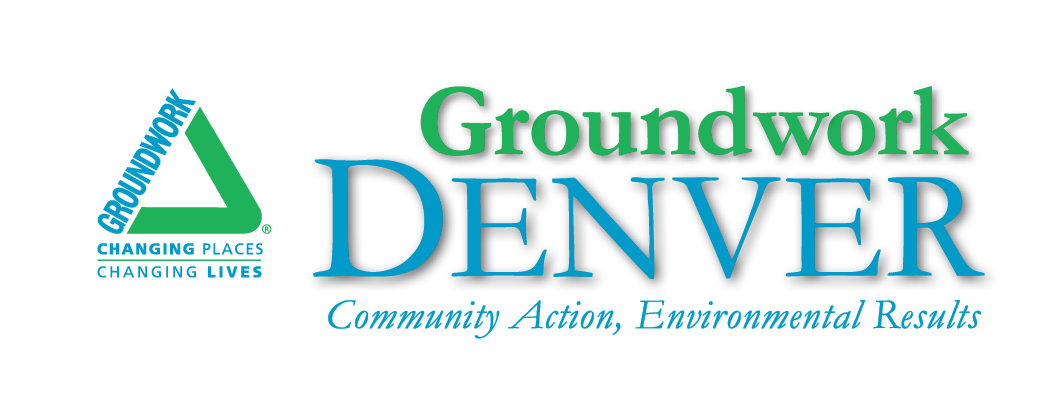
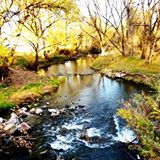 from communities, local governments, non-profit organizations, and businesses to participate in a watershed planning process for Lower Bear Creek. The eight mile stretch from Kipling Parkway (downstream of Bear Creek Reservoir) to the confluence with the South Platte River was listed on the State’s polluted waters list in 2010 due to elevated levels of E. coli.
from communities, local governments, non-profit organizations, and businesses to participate in a watershed planning process for Lower Bear Creek. The eight mile stretch from Kipling Parkway (downstream of Bear Creek Reservoir) to the confluence with the South Platte River was listed on the State’s polluted waters list in 2010 due to elevated levels of E. coli. The Lower Bear Creek basin includes land in Jefferson, Denver and Arapahoe Counties, and portions of Lakewood, Denver and Sheridan. This watershed supports residential neighborhoods, businesses, open space, and other land uses. Lower Bear Creek is a special place, offering thousands of residents an outstanding, close-to-home opportunity to explore natural areas, parks and trails, wildlife, and the creek itself.
The Lower Bear Creek basin includes land in Jefferson, Denver and Arapahoe Counties, and portions of Lakewood, Denver and Sheridan. This watershed supports residential neighborhoods, businesses, open space, and other land uses. Lower Bear Creek is a special place, offering thousands of residents an outstanding, close-to-home opportunity to explore natural areas, parks and trails, wildlife, and the creek itself.  Works,
Works, 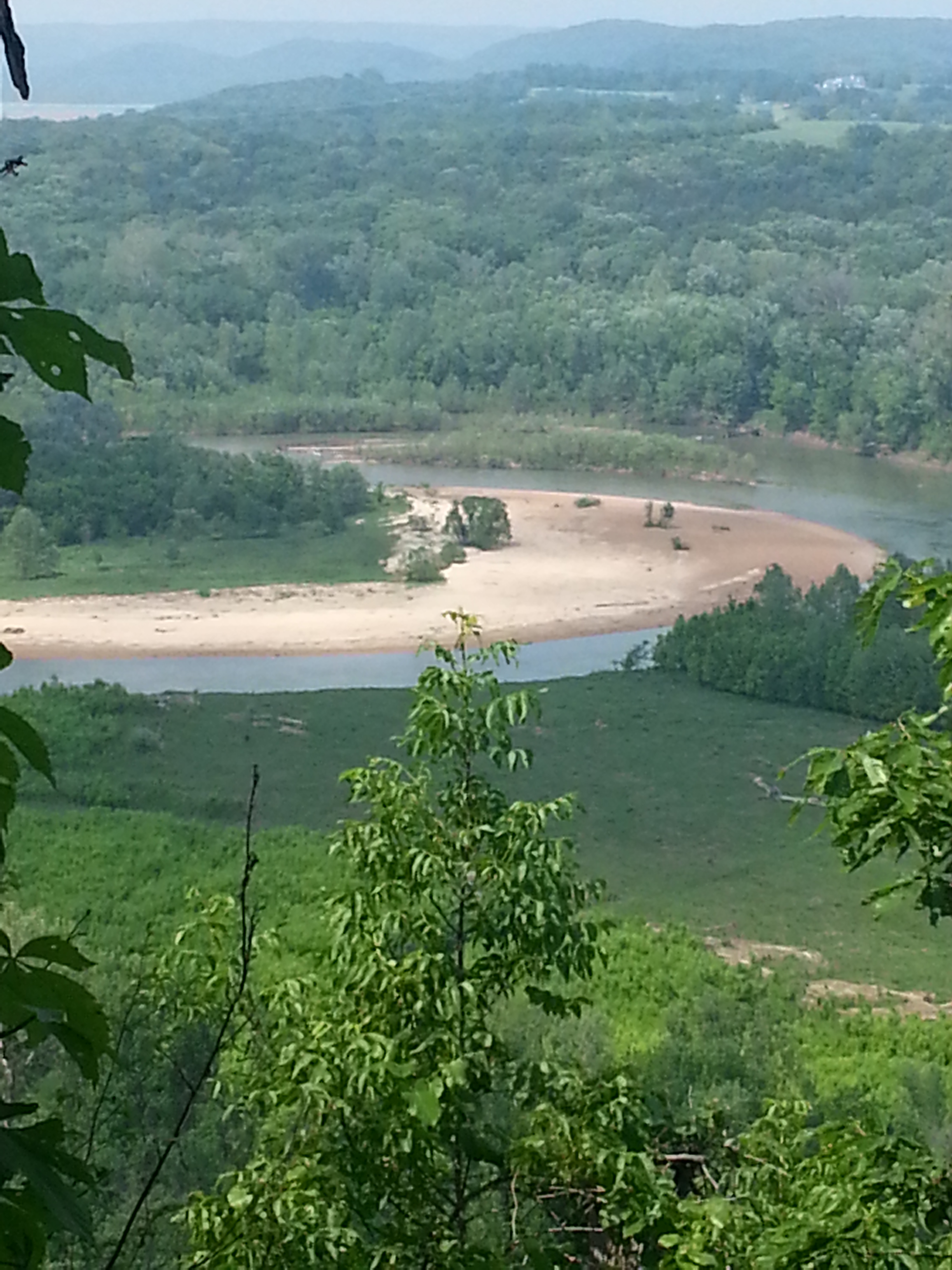
 Since many of the people attending this gathering tend to be the type of people who really just want to be on the river, Sunday afternoon was a time for field trips to get out and explore. Both Michaela and I went on the LaBarque Creek hike, which contrary to what we believed, was not in fact along the creek. However, we did get to enjoy some lush forest, see a turtle, cross the creek, and get a great view of the Meramec River from the top of the bluff. It was a nice opportunity see a little bit of Missouri – and remember what humidity feels like.
Since many of the people attending this gathering tend to be the type of people who really just want to be on the river, Sunday afternoon was a time for field trips to get out and explore. Both Michaela and I went on the LaBarque Creek hike, which contrary to what we believed, was not in fact along the creek. However, we did get to enjoy some lush forest, see a turtle, cross the creek, and get a great view of the Meramec River from the top of the bluff. It was a nice opportunity see a little bit of Missouri – and remember what humidity feels like. T
T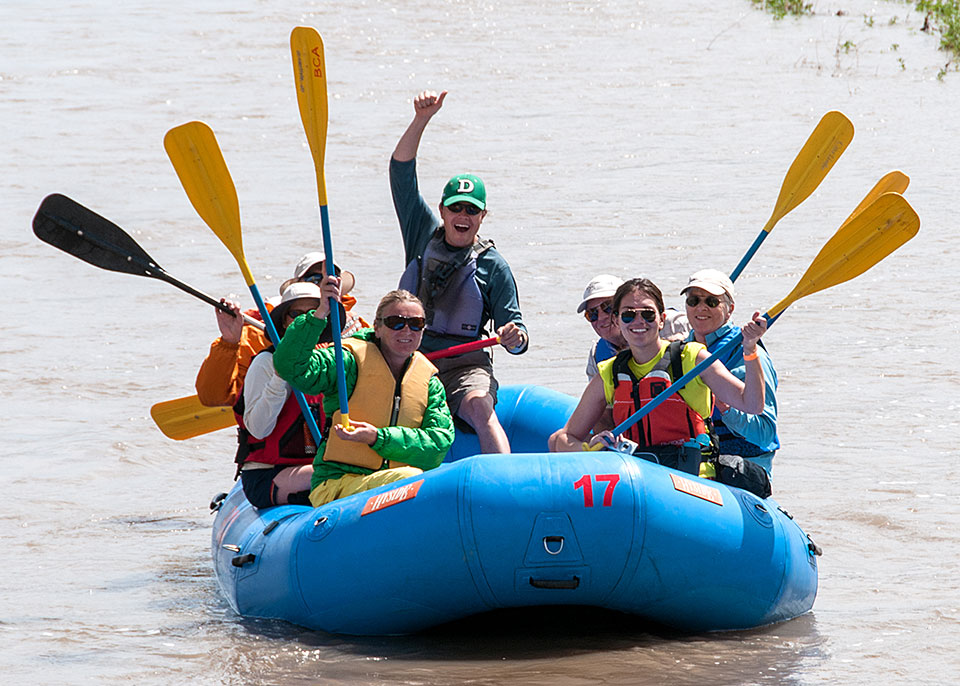 We followed this with our
We followed this with our 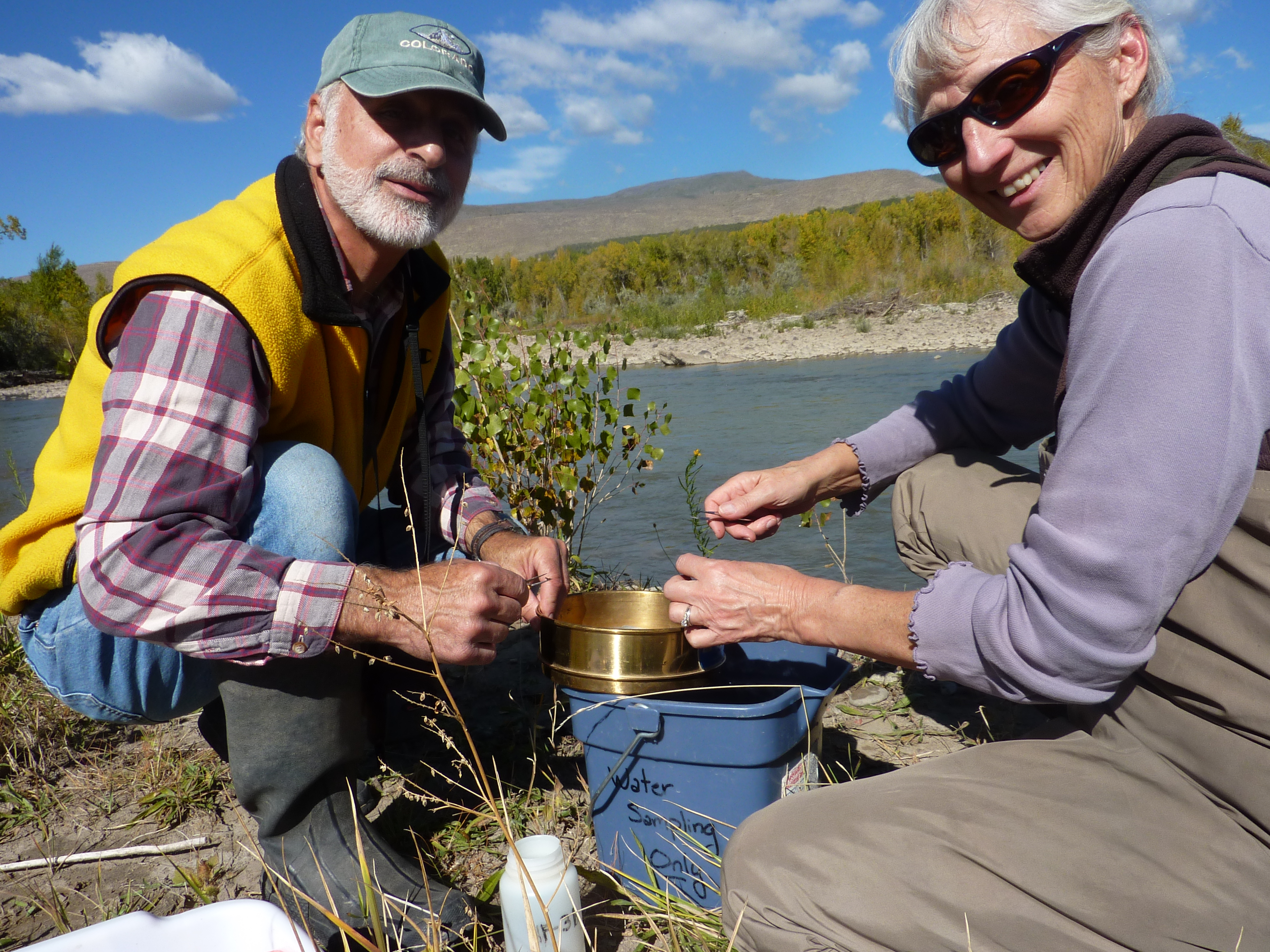 These actions build into our broader application, such as expanding our volunteer monitoring networks to partner with schools in the region. Our
These actions build into our broader application, such as expanding our volunteer monitoring networks to partner with schools in the region. Our 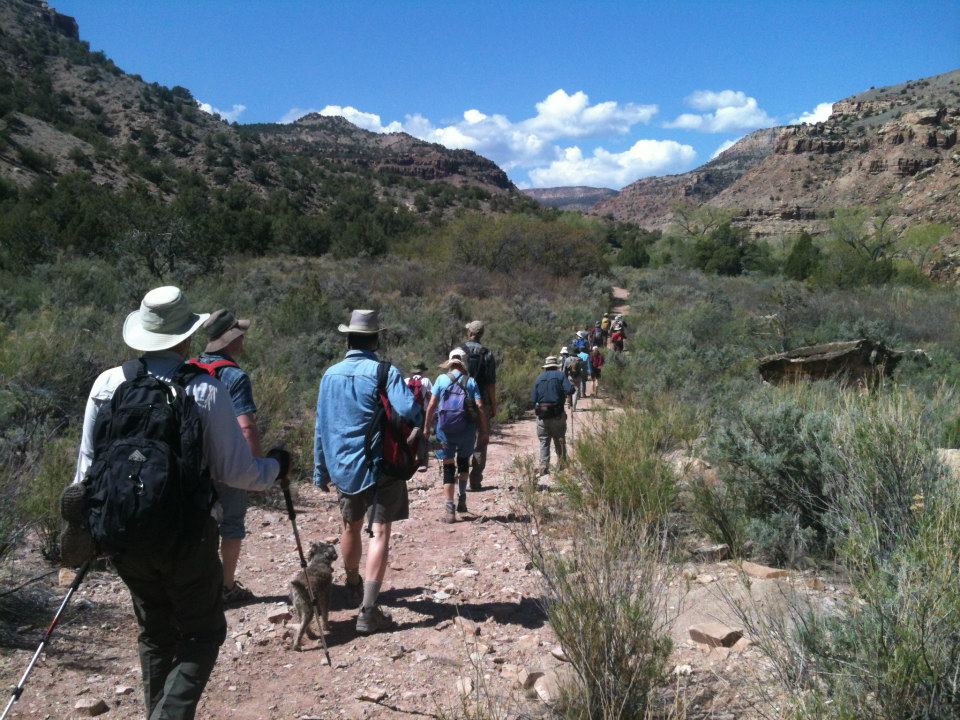
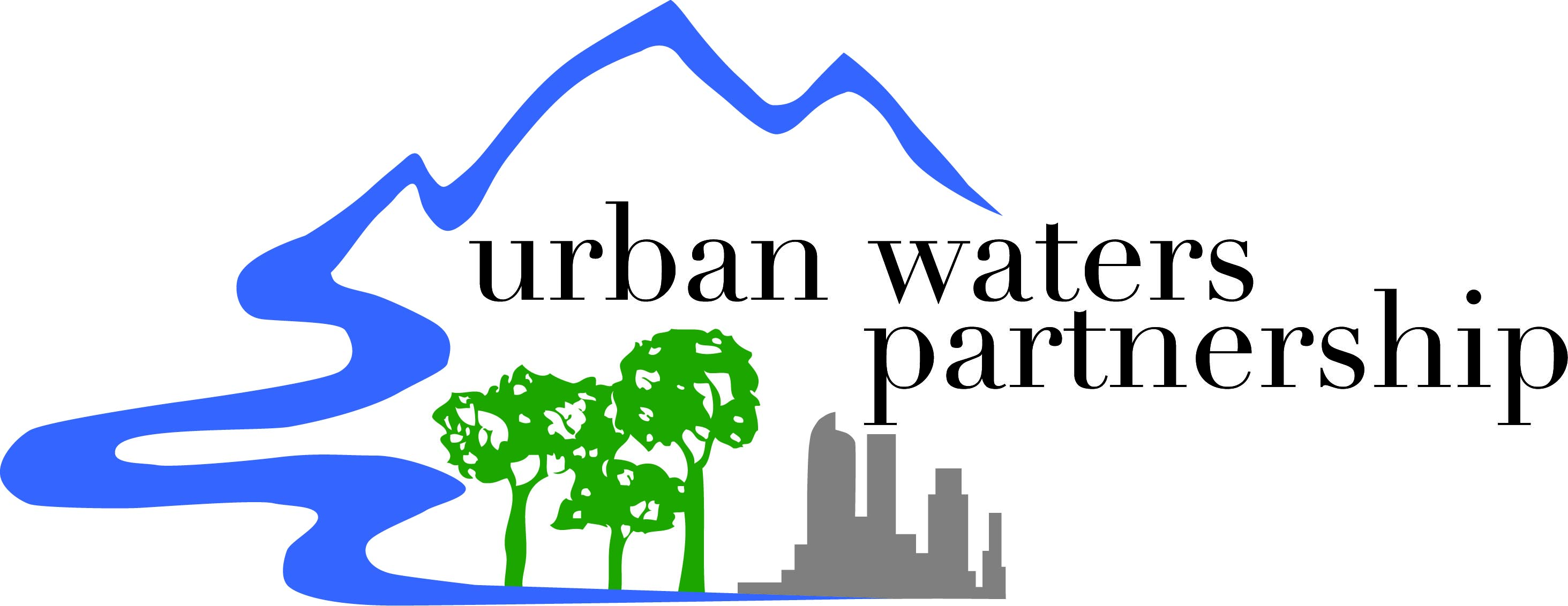 The South Platte Urban Waters Partnership is a collaborative association of organizations working across governmental and disciplinary boundaries to protect and restore lands and waters in the South Platte River watershed. We emphasize stewardship and community connection, linking urban areas with forested watersheds, and people with nature. This partnership involves more than 40 groups, ranging from federal and state agencies to municipalities, NGOs and private businesses, all coming together for the benefit of the silent partner, the South Platte River. The challenges surrounding water supply, resource protection and connecting people and nature are complex and call for informed and active partners. The diversity of this Partnership is its strength, and there’s a role for each individual, community, business and agency.
The South Platte Urban Waters Partnership is a collaborative association of organizations working across governmental and disciplinary boundaries to protect and restore lands and waters in the South Platte River watershed. We emphasize stewardship and community connection, linking urban areas with forested watersheds, and people with nature. This partnership involves more than 40 groups, ranging from federal and state agencies to municipalities, NGOs and private businesses, all coming together for the benefit of the silent partner, the South Platte River. The challenges surrounding water supply, resource protection and connecting people and nature are complex and call for informed and active partners. The diversity of this Partnership is its strength, and there’s a role for each individual, community, business and agency.
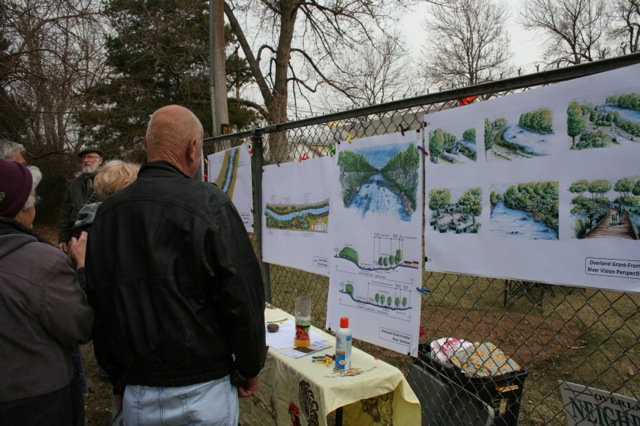 Collaborative partnerships can identify solutions to complex problems. When people understand that their drinking water is tied directly to the health of the South Platte River, it means more to them. The Greenway Foundation estimates that $100 million invested in green improvements to the South Platte River and its tributaries has facilitated more than $10 billion in residential and commercial development throughout the Denver metro area. That’s a very good return on investment. And that doesn’t even include the additional dollar value of air quality, water quality and other public health benefits from green infrastructure.
Collaborative partnerships can identify solutions to complex problems. When people understand that their drinking water is tied directly to the health of the South Platte River, it means more to them. The Greenway Foundation estimates that $100 million invested in green improvements to the South Platte River and its tributaries has facilitated more than $10 billion in residential and commercial development throughout the Denver metro area. That’s a very good return on investment. And that doesn’t even include the additional dollar value of air quality, water quality and other public health benefits from green infrastructure.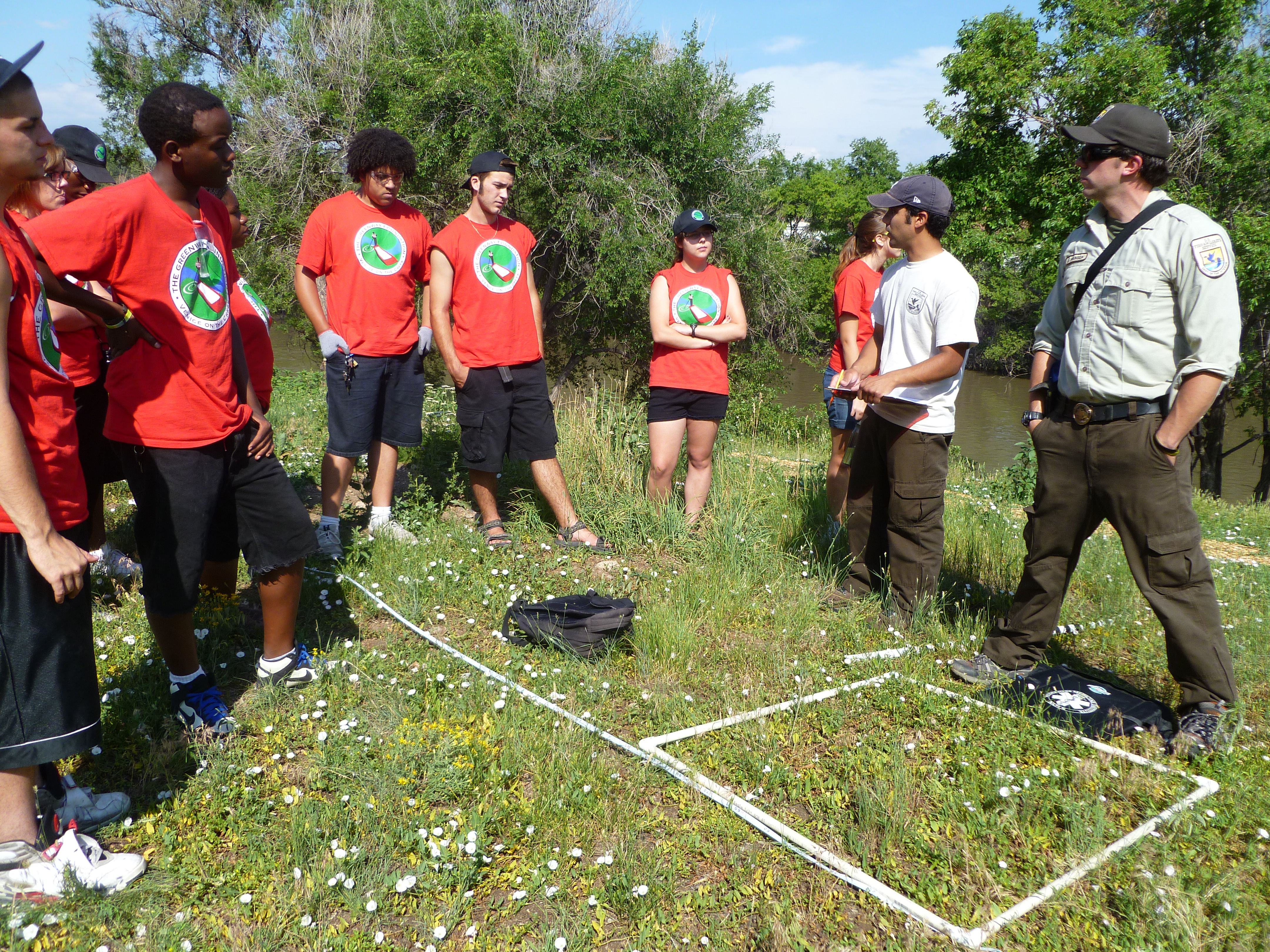
 The Partnership met in March to discuss the group's mission, vision, and goals. At this meeting with more than 40 attendees, the group developed 6 working groups focusing on Water Quality, Education and Outreach, Systems Mapping, Geomapping, the Headwaters-Urban Connection, and Funding. The next meeting will take place on June 5 at the Daniels Fund.
The Partnership met in March to discuss the group's mission, vision, and goals. At this meeting with more than 40 attendees, the group developed 6 working groups focusing on Water Quality, Education and Outreach, Systems Mapping, Geomapping, the Headwaters-Urban Connection, and Funding. The next meeting will take place on June 5 at the Daniels Fund.
